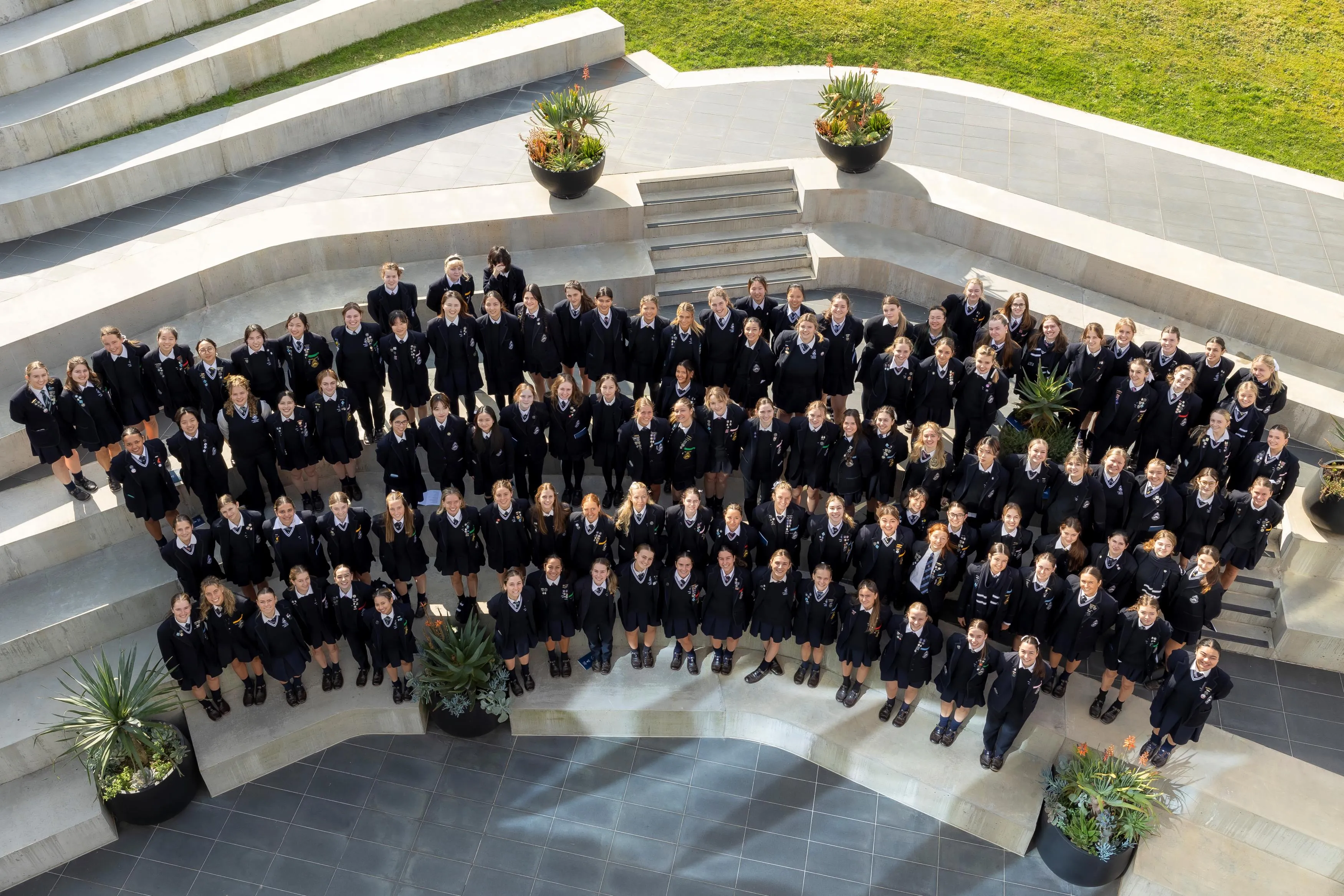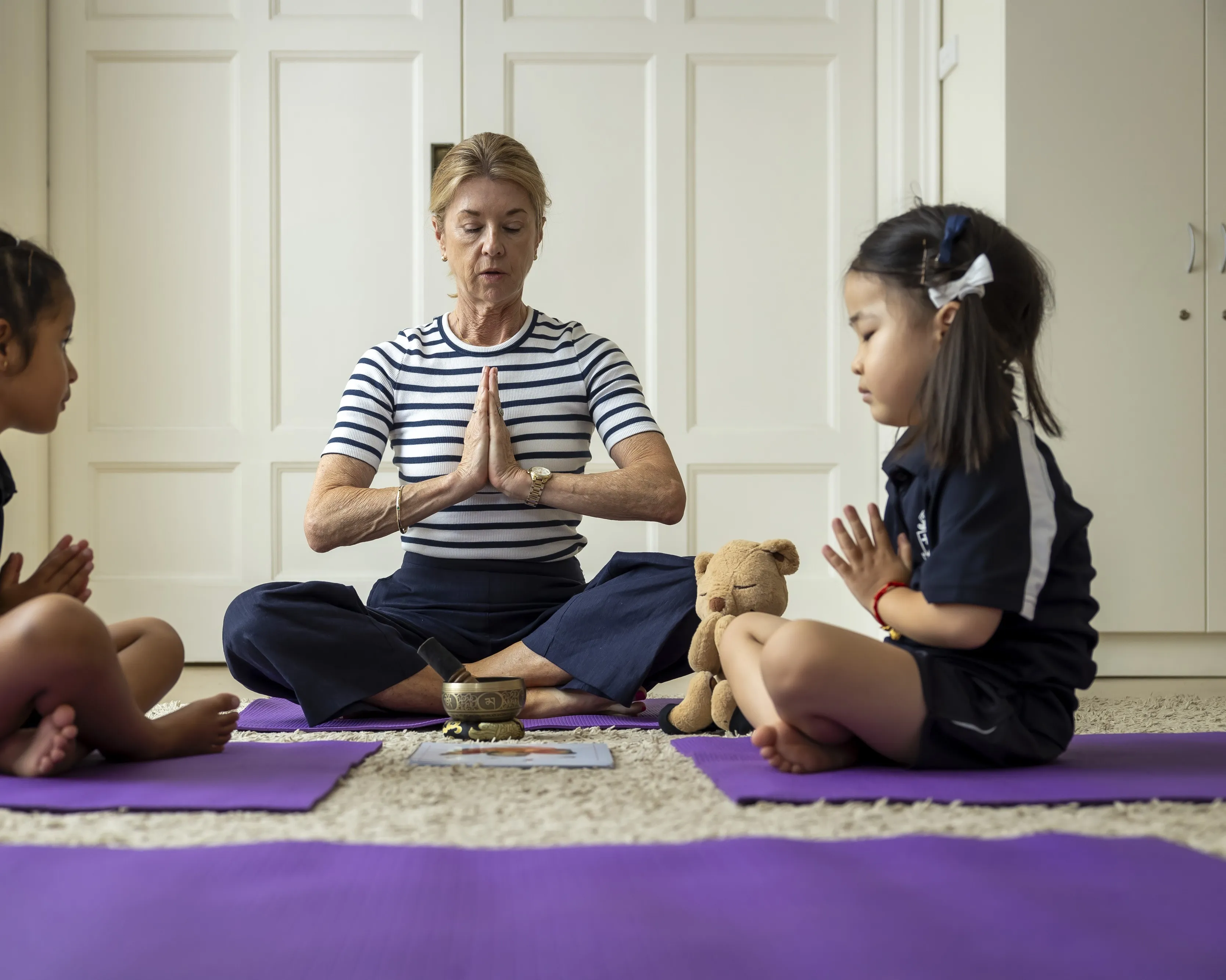

Meditation with Mrs Melissa Robson.


Meditation with Mrs Melissa Robson.
Rested and Ready
Every day, our students in the Early Learning Centre arrive refreshed and ready to focus their attention on learning…or do they?
What does a child need to be able to focus throughout the day?

There are many factors that can affect a child’s ability to focus and maintain their attention on the task at hand. To retain focus, a child needs sleep. This not only includes the amount of sleep but, more importantly, the amount of good quality sleep they get. We should be aiming at helping them achieve extended unbroken sleep. The National Sleep Foundation of America recommends that children aged three to five years sleep for 10 to 13 hours per night with less than two awakenings every night. This recommendation is also echoed by the Australian authorities. Healthy sleep practices such as providing a safe and comfortable sleep environment, regular and consistent bedtime routines and the absence of pre-bedtime screentime such as iPads, computers and phones positively impacts a child’s sleep duration and quality.
So, what happens if they don’t get a good night’s sleep? In his book Stolen Focus, Johann Hari identifies that:
"Sleep is an incredibly active process and when you go to sleep all sorts of activities take place in your brain and body and that these are necessary for you to be able to function and focus."
Sleep plays a critical role in memory function and the ability to retain information (Peiffer et al. 2020). Children with poor sleep routines may struggle to complete daily tasks, problem solve or remember simple classroom routines. This equates directly with lower academic performance. In a new study by Robertson and Miller, it was found that those with insomnia found it harder to focus on tasks and ignore distractions compared with those who slept well. A growing body of research has suggested that inadequate sleep also affects emotional self-regulation and leads to more negative and less positive emotions (Palmer & Alfano 2017, p.6-16).
There are many factors that can affect a child’s ability to focus and maintain their attention on the task at hand. To retain focus, a child needs sleep. This not only includes the amount of sleep but, more importantly, the amount of good quality sleep they get. We should be aiming at helping them achieve extended unbroken sleep. The National Sleep Foundation of America recommends that children aged three to five years sleep for 10 to 13 hours per night with less than two awakenings every night. This recommendation is also echoed by the Australian authorities. Healthy sleep practices such as providing a safe and comfortable sleep environment, regular and consistent bedtime routines and the absence of pre-bedtime screentime such as iPads, computers and phones positively impacts a child’s sleep duration and quality.
So, what happens if they don’t get a good night’s sleep? In his book Stolen Focus, Johann Hari identifies that:
"Sleep is an incredibly active process and when you go to sleep all sorts of activities take place in your brain and body and that these are necessary for you to be able to function and focus."
Sleep plays a critical role in memory function and the ability to retain information (Peiffer et al. 2020). Children with poor sleep routines may struggle to complete daily tasks, problem solve or remember simple classroom routines. This equates directly with lower academic performance. In a new study by Robertson and Miller, it was found that those with insomnia found it harder to focus on tasks and ignore distractions compared with those who slept well. A growing body of research has suggested that inadequate sleep also affects emotional self-regulation and leads to more negative and less positive emotions (Palmer & Alfano 2017, p.6-16).
There are many factors that can affect a child’s ability to focus and maintain their attention on the task at hand. To retain focus, a child needs sleep. This not only includes the amount of sleep but, more importantly, the amount of good quality sleep they get. We should be aiming at helping them achieve extended unbroken sleep. The National Sleep Foundation of America recommends that children aged three to five years sleep for 10 to 13 hours per night with less than two awakenings every night. This recommendation is also echoed by the Australian authorities. Healthy sleep practices such as providing a safe and comfortable sleep environment, regular and consistent bedtime routines and the absence of pre-bedtime screentime such as iPads, computers and phones positively impacts a child’s sleep duration and quality.
So, what happens if they don’t get a good night’s sleep? In his book Stolen Focus, Johann Hari identifies that:
"Sleep is an incredibly active process and when you go to sleep all sorts of activities take place in your brain and body and that these are necessary for you to be able to function and focus."
Sleep plays a critical role in memory function and the ability to retain information (Peiffer et al. 2020). Children with poor sleep routines may struggle to complete daily tasks, problem solve or remember simple classroom routines. This equates directly with lower academic performance. In a new study by Robertson and Miller, it was found that those with insomnia found it harder to focus on tasks and ignore distractions compared with those who slept well. A growing body of research has suggested that inadequate sleep also affects emotional self-regulation and leads to more negative and less positive emotions (Palmer & Alfano 2017, p.6-16).


Astrid rests and reads a story in her learning studio's reading area.



Astrid rests and reads a story in her learning studio's reading area.


Rest periods ensure Astrid maximises her concentration for her learning tasks.

I am sure that many of us can relate to feeling grumpy after an interrupted night’s sleep. Children are no different. As tired children interact with their peers, they are less able to read the emotional signals of others and can misinterpret situations easily. In many instances as educators, we have observed children becoming hyperactive and impulsive as they try to work their way through the effects of inadequate sleep. For example, a child begins five or more activities in the learning studio and leaves each one unfinished. This disjointed activity impacts their learning and sense of accomplishment and ultimately their self-esteem.
In the Early Learning Centre, the organisation of our physical spaces, adjustments to the program by our educators and the implementation of classroom routines all contribute towards a sense of calm. Our learning studios are neutral in tones with natural textures, an abundance of plant life and an attention to light subtleties, reflections and mirrors. Open spaces are softened with gentle rugs and intimate spaces are created using cloth, branches and the placement of furniture. These careful considerations to the physical environment make a difference to how the children feel, learn and interact with each other.
... careful considerations to the physical environment make a difference to how the children feel, learn and interact with each other.
I am sure that many of us can relate to feeling grumpy after an interrupted night’s sleep. Children are no different. As tired children interact with their peers, they are less able to read the emotional signals of others and can misinterpret situations easily. In many instances as educators, we have observed children becoming hyperactive and impulsive as they try to work their way through the effects of inadequate sleep. For example, a child begins five or more activities in the learning studio and leaves each one unfinished. This disjointed activity impacts their learning and sense of accomplishment and ultimately their self-esteem.
In the Early Learning Centre, the organisation of our physical spaces, adjustments to the program by our educators and the implementation of classroom routines all contribute towards a sense of calm. Our learning studios are neutral in tones with natural textures, an abundance of plant life and an attention to light subtleties, reflections and mirrors. Open spaces are softened with gentle rugs and intimate spaces are created using cloth, branches and the placement of furniture. These careful considerations to the physical environment make a difference to how the children feel, learn and interact with each other.
... careful considerations to the physical environment make a difference to how the children feel, learn and interact with each other.
I am sure that many of us can relate to feeling grumpy after an interrupted night’s sleep. Children are no different. As tired children interact with their peers, they are less able to read the emotional signals of others and can misinterpret situations easily. In many instances as educators, we have observed children becoming hyperactive and impulsive as they try to work their way through the effects of inadequate sleep. For example, a child begins five or more activities in the learning studio and leaves each one unfinished. This disjointed activity impacts their learning and sense of accomplishment and ultimately their self-esteem.
In the Early Learning Centre, the organisation of our physical spaces, adjustments to the program by our educators and the implementation of classroom routines all contribute towards a sense of calm. Our learning studios are neutral in tones with natural textures, an abundance of plant life and an attention to light subtleties, reflections and mirrors. Open spaces are softened with gentle rugs and intimate spaces are created using cloth, branches and the placement of furniture. These careful considerations to the physical environment make a difference to how the children feel, learn and interact with each other.
... careful considerations to the physical environment make a difference to how the children feel, learn and interact with each other.

Our day begins in each learning studio with a morning meeting, after the business of getting ready for school. This meeting allows teachers to ‘centre’ the children and to set the tone for the day. Educators rapidly tune into the emotional states of each child as they arrive for the day with their parents and may adjust the length of the meeting, the program or the seating depending on their observations. Beginning the meeting with a finger rhyme, song or interactive story can often assist the girls to ‘tune in’ and focus. During these group times, our educators aim to remove unnecessary distractions and ensure nothing is too visually stimulating or competing for the girls’ attention.
Our day begins in each learning studio with a morning meeting, after the business of getting ready for school. This meeting allows teachers to ‘centre’ the children and to set the tone for the day. Educators rapidly tune into the emotional states of each child as they arrive for the day with their parents and may adjust the length of the meeting, the program or the seating depending on their observations. Beginning the meeting with a finger rhyme, song or interactive story can often assist the girls to ‘tune in’ and focus. During these group times, our educators aim to remove unnecessary distractions and ensure nothing is too visually stimulating or competing for the girls’ attention.


Our youngest Grammarians are constantly learning and expanding their understanding of the world.



Our youngest Grammarians are constantly learning and expanding their understanding of the world.


Our youngest Grammarians are constantly learning and expanding their understanding of the world.

Throughout the day, our educators scaffold the children’s learning, as they engage with carefully curated provocations. These experiences are varied and are carefully set up with specific learning outcomes in mind. They are designed to engage each child’s interest and attention. An activity for one child set up on the light box can encourage that individual to focus, observe and trace shapes, letters and images.
In another example, watercolour painting can be set up for two children to sit side by side. Ideas can be communicated; friends can help each other while the seating encourages focus on the task rather than chatting. This differs from a Play-Doh experience where the girls can sit around a circular table with conversations and ideas joyfully shared, encouraged and celebrated.
Throughout their day, our educators remain in tune with the children’s progress. The Ross group for example, may require a burst of physical activity before starting a task, or they may require a ‘focus break’ where they engage in a sensory experience, such as Play-Doh or working with clay. Breaking down tasks into smaller manageable parts enables each child to maintain attention and experience success. The smile on a child’s face as they complete a task that they had previously struggled with is a delight to see.
Consistent routines and expectations are followed in each learning studio so that our Grammarians know what to expect and what is expected of them...to help maintain their ability to concentrate.
Throughout the day, our educators scaffold the children’s learning, as they engage with carefully curated provocations. These experiences are varied and are carefully set up with specific learning outcomes in mind. They are designed to engage each child’s interest and attention. An activity for one child set up on the light box can encourage that individual to focus, observe and trace shapes, letters and images.
In another example, watercolour painting can be set up for two children to sit side by side. Ideas can be communicated; friends can help each other while the seating encourages focus on the task rather than chatting. This differs from a Play-Doh experience where the girls can sit around a circular table with conversations and ideas joyfully shared, encouraged and celebrated.
Throughout their day, our educators remain in tune with the children’s progress. The Ross group for example, may require a burst of physical activity before starting a task, or they may require a ‘focus break’ where they engage in a sensory experience, such as Play-Doh or working with clay. Breaking down tasks into smaller manageable parts enables each child to maintain attention and experience success. The smile on a child’s face as they complete a task that they had previously struggled with is a delight to see.
Consistent routines and expectations are followed in each learning studio so that our Grammarians know what to expect and what is expected of them...to help maintain their ability to concentrate.
Throughout the day, our educators scaffold the children’s learning, as they engage with carefully curated provocations. These experiences are varied and are carefully set up with specific learning outcomes in mind. They are designed to engage each child’s interest and attention. An activity for one child set up on the light box can encourage that individual to focus, observe and trace shapes, letters and images.
In another example, watercolour painting can be set up for two children to sit side by side. Ideas can be communicated; friends can help each other while the seating encourages focus on the task rather than chatting. This differs from a Play-Doh experience where the girls can sit around a circular table with conversations and ideas joyfully shared, encouraged and celebrated.
Throughout their day, our educators remain in tune with the children’s progress. The Ross group for example, may require a burst of physical activity before starting a task, or they may require a ‘focus break’ where they engage in a sensory experience, such as Play-Doh or working with clay. Breaking down tasks into smaller manageable parts enables each child to maintain attention and experience success. The smile on a child’s face as they complete a task that they had previously struggled with is a delight to see.
Consistent routines and expectations are followed in each learning studio so that our Grammarians know what to expect and what is expected of them...to help maintain their ability to concentrate.


Adequate sleep ensures Seren has enough energy each day to learn and grow to her full potential.



Adequate sleep ensures Seren has enough energy each day to learn and grow to her full potential.
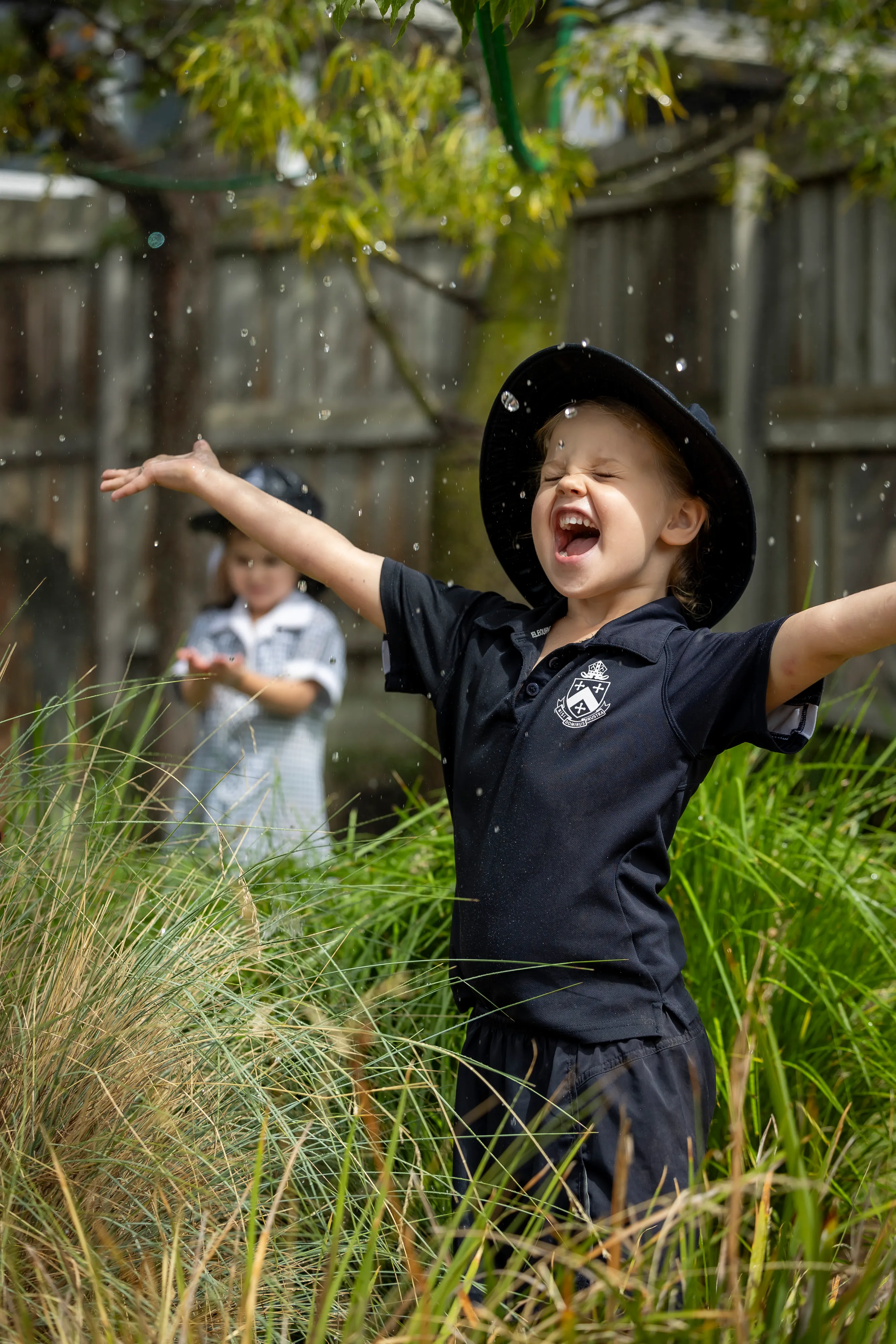

It also ensures Sophie has enough energy to play and use her imagination everyday.


Adequate sleep ensures Seren has enough energy each day to learn and grow to her full potential.


It also ensures Sophie has enough energy to play and use her imagination everyday.
Adequate sleep ensures Seren has enough energy each day to learn and grow to her full potential.

Consistent routines and expectations are followed in each learning studio so that our Grammarians know what to expect and what is expected of them. They are encouraged to monitor their energy levels, body temperature and most importantly their water consumption to help maintain their ability to concentrate. Yoga and mindfulness activities are included in the program to support the girls to still their minds and calm their bodies.
Each afternoon, all is quiet at the Early Learning Centre as children participate in a rest period, or as we like to call it a ‘recharging time’. The initial resting period of 30 minutes allows children to recharge their bodies and let their minds wander and ‘daydream’ as they listen to music. As Hari points out “the more you let your mind wander, the better you are at having organised personal goals, being creative and making patient, long-term decisions.”
We notice that after their rest time, the children are invigorated to return to their learning, having reflected on and recharged from their morning activities. At Melbourne Girls Grammar, our girls are taught from a young age to respect the rigour and requirements of learning, while listening to their bodies and taking care of their minds to ensure optimal engagement and performance, enabling them to achieve and experience the success they strive for.
As English writer Thomas Dekker said in the 16th century; "Sleep is that golden chain that ties health and our bodies together."
Consistent routines and expectations are followed in each learning studio so that our Grammarians know what to expect and what is expected of them. They are encouraged to monitor their energy levels, body temperature and most importantly their water consumption to help maintain their ability to concentrate. Yoga and mindfulness activities are included in the program to support the girls to still their minds and calm their bodies.
Each afternoon, all is quiet at the Early Learning Centre as children participate in a rest period, or as we like to call it a ‘recharging time’. The initial resting period of 30 minutes allows children to recharge their bodies and let their minds wander and ‘daydream’ as they listen to music. As Hari points out “the more you let your mind wander, the better you are at having organised personal goals, being creative and making patient, long-term decisions.”
We notice that after their rest time, the children are invigorated to return to their learning, having reflected on and recharged from their morning activities. At Melbourne Girls Grammar, our girls are taught from a young age to respect the rigour and requirements of learning, while listening to their bodies and taking care of their minds to ensure optimal engagement and performance, enabling them to achieve and experience the success they strive for.
As English writer Thomas Dekker said in the 16th century; "Sleep is that golden chain that ties health and our bodies together."
Consistent routines and expectations are followed in each learning studio so that our Grammarians know what to expect and what is expected of them. They are encouraged to monitor their energy levels, body temperature and most importantly their water consumption to help maintain their ability to concentrate. Yoga and mindfulness activities are included in the program to support the girls to still their minds and calm their bodies.
Each afternoon, all is quiet at the Early Learning Centre as children participate in a rest period, or as we like to call it a ‘recharging time’. The initial resting period of 30 minutes allows children to recharge their bodies and let their minds wander and ‘daydream’ as they listen to music. As Hari points out “the more you let your mind wander, the better you are at having organised personal goals, being creative and making patient, long-term decisions.”
We notice that after their rest time, the children are invigorated to return to their learning, having reflected on and recharged from their morning activities. At Melbourne Girls Grammar, our girls are taught from a young age to respect the rigour and requirements of learning, while listening to their bodies and taking care of their minds to ensure optimal engagement and performance, enabling them to achieve and experience the success they strive for.
As English writer Thomas Dekker said in the 16th century; "Sleep is that golden chain that ties health and our bodies together."

References
Peiffer, A., Brichet, M., De Tiège, X. et al. (2020). 'The power of children’s sleep – Improved declarative memory consolidation in children compared with adults'. Scientific Reports 10, 9979. https://pubmed.ncbi.nlm.nih.gov/32561803/
Palmer, C. A. & Alfano, C. A. (2017). 'Sleep and emotional regulation: an organized and integrative review.' Sleep Medicine Review, 31, pp. 6-16. Cited in Jiang, F. (2019). 'Sleep and Early Brain Development.' Annals of Nutrition and Metabolism, pp.44-53.
Robertson, D. & Miller, C. (2021). 'Poor sleep linked to inability to focus – new study', The Conversation, 11 May.
References
Peiffer, A., Brichet, M., De Tiège, X. et al. (2020). 'The power of children’s sleep – Improved declarative memory consolidation in children compared with adults'. Scientific Reports 10, 9979. https://pubmed.ncbi.nlm.nih.gov/32561803/
Palmer, C. A. & Alfano, C. A. (2017). 'Sleep and emotional regulation: an organized and integrative review.' Sleep Medicine Review, 31, pp. 6-16. Cited in Jiang, F. (2019). 'Sleep and Early Brain Development.' Annals of Nutrition and Metabolism, pp.44-53.
Robertson, D. & Miller, C. (2021). 'Poor sleep linked to inability to focus – new study', The Conversation, 11 May.
References
Peiffer, A., Brichet, M., De Tiège, X. et al. (2020). 'The power of children’s sleep – Improved declarative memory consolidation in children compared with adults'. Scientific Reports 10, 9979. https://pubmed.ncbi.nlm.nih.gov/32561803/
Palmer, C. A. & Alfano, C. A. (2017). 'Sleep and emotional regulation: an organized and integrative review.' Sleep Medicine Review, 31, pp. 6-16. Cited in Jiang, F. (2019). 'Sleep and Early Brain Development.' Annals of Nutrition and Metabolism, pp.44-53.
Robertson, D. & Miller, C. (2021). 'Poor sleep linked to inability to focus – new study', The Conversation, 11 May.







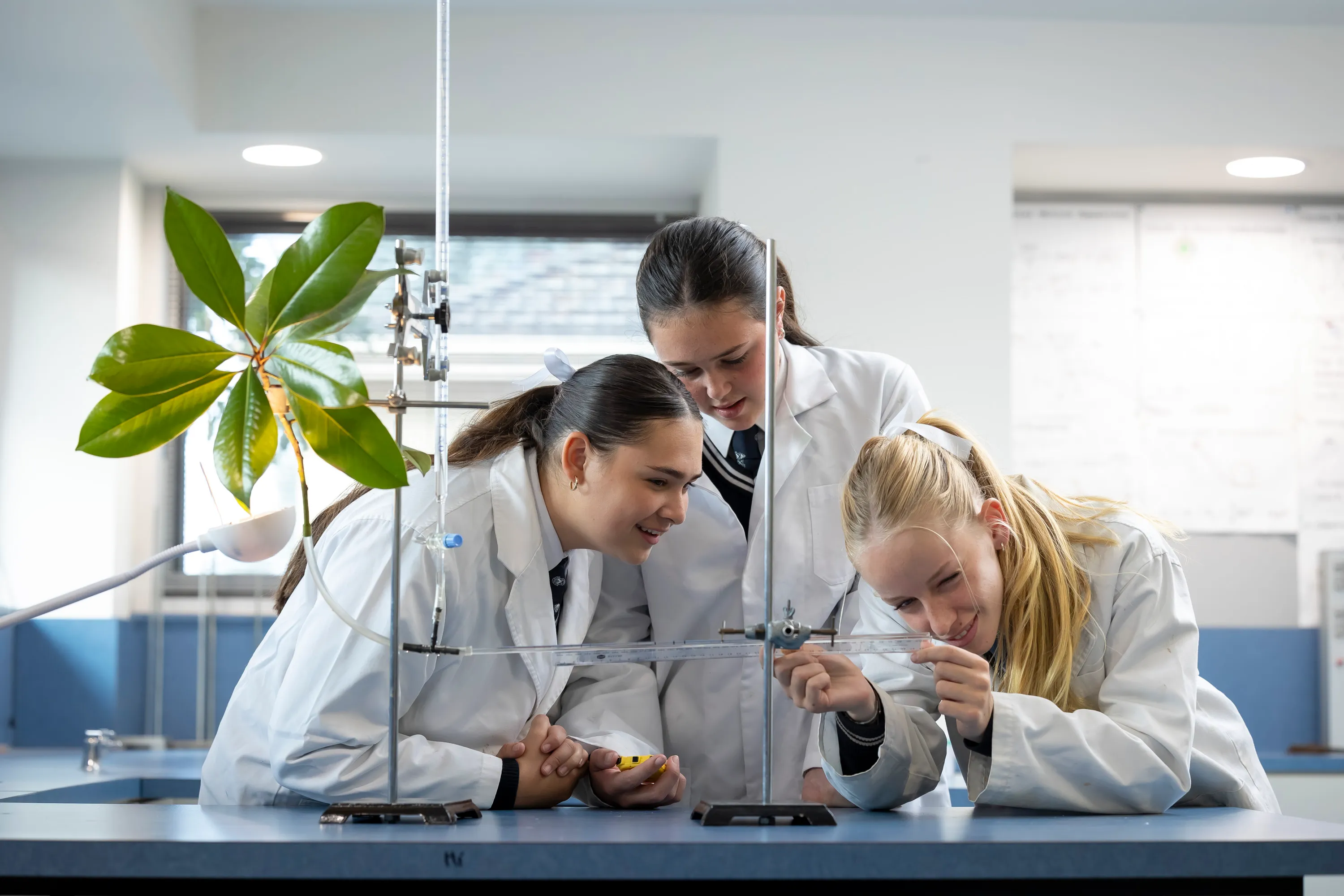


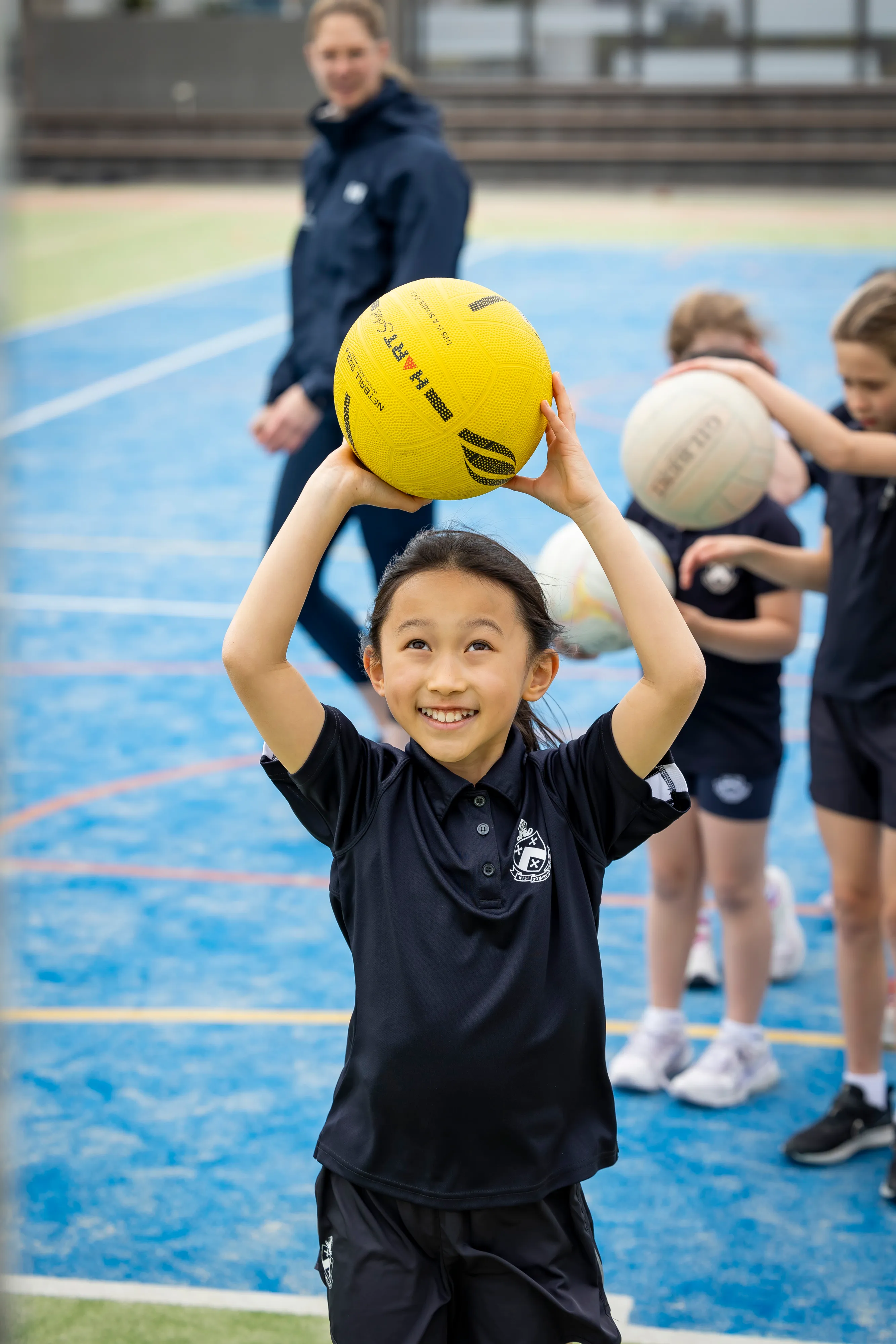

.jpg)


